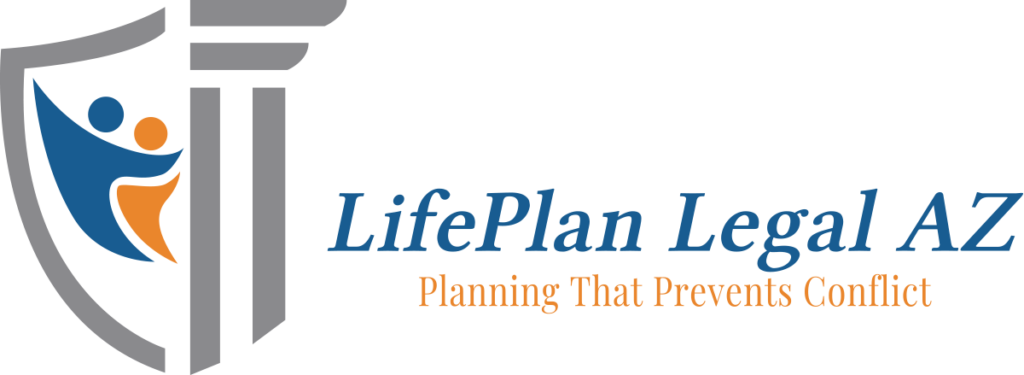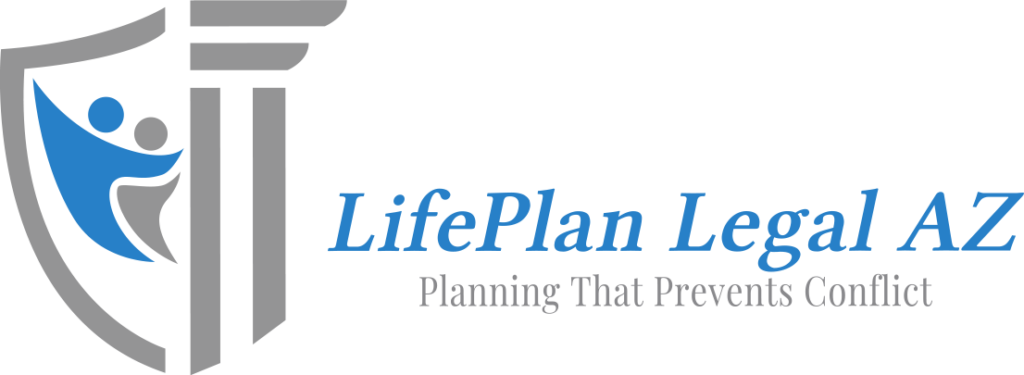It’s no wonder people make poor choices about their plans, which can be disastrously expensive since the older we get, the more we need healthcare. A recent article from The Wall Street Journal, “The 5 Biggest Mistakes People Make When Picking a Medicare Plan,” takes a look at the mistakes people make, how to make better choices and which plans are recommended.
Underestimating the costs of traditional Medicare is one of the biggest mistakes. Traditional Medicare, which the government offers, has three parts: A, B, and D. Part A covers care for inpatient hospital services, among other things, and Part B is for physician services. Part D is for prescription services.
The appeal of traditional Medicare is the ability to visit any hospital, doctor, or healthcare provider without a referral or prior authorization of services. If you have doctors you trust, do a lot of domestic travel, need care in different places, or think you might benefit from a treatment a private insurer may deny, this is your best choice.
Many people don’t even consider the options when choosing traditional Medicare. Instead, they allow it to be chosen for them. If you claim Social Security before age 65, which nearly half of Americans do, the Social Security Administration automatically enrolls you in traditional Medicare when you turn 65. It’s the path of least resistance. However, this might not always be the best fit.
The flexibility of the plan comes with certain costs. Part A premiums are often zero for those who have worked for at least ten years. However, Part B carries premiums based on household income. If your household modified adjusted gross income exceeds about $370,000 (or individually more than about $180,000), those premiums can rise to more than $500 a month per individual.
With traditional Medicare, a hospitalization has a $1,600 deductible. A hospital stay longer than 60 days comes with a $400 co-payment daily, and a skilled nursing facility stay of more than 20 days will cost $200 a day. You’ll also be responsible for 20% of the Medicare-approved cost of physician services during the hospital stay.
Another big mistake is underestimating the costs of Medicare Advantage plans. Medicare Advantage is an alternative to traditional Medicare. First, you sign up for Parts A and B, and then you can sign up for a Medicare Advantage plan, also known as Part C. This option is a bundle of A, B, and D, delivered by private insurance companies approved by Medicare. Some plans do not include prescription drug coverage, so you must check carefully.
Medicare Advantage companies are paid a fixed amount of money monthly by the government, so they have an incentive to reduce costs by providing better coverage for medicines that will keep you out of the hospital, However, there are coverage issues. Zero premiums apply to Part A and D, meaning you still pay the Part B premium. The cost savings on out-of-pocket costs apply only if you stay in network. If you go out of network, your care can quickly become extremely expensive. The in-network and out-of-network distinctions limit where you can get your medical care. If you need access to a certain hospital or healthcare provider and they are not in the network, there may be better options for you.
Choosing traditional Medicare without Medigap, supplemental insurance sold by private companies helps traditional Medicare beneficiaries pay for cost-sharing in Parts A and B. Nearly 10% of those who chose traditional Medicare don’t have supplemental coverage.
Neglecting to get prescription coverage is another big and expensive mistake. You aren’t automatically enrolled in Part D—you must proactively select this plan covering prescription drugs. You have only 63 days after your initial enrollment in Medicare to enroll in Part D. If you miss this window and don’t have any other drug coverage, your Part D premium will be permanently higher.
Finally, many people feel this is too confusing to manage on their own, so they turn to a broker, which makes sense. You should know brokers work on commission, receiving payment from insurance companies. Make sure to ask your broker how they are paid, ask about the plans they are not telling you about and whether or not the discounts you are being offered at sign-up will go away in a year or so.
To learn more about estate planning in the East Valley, Gilbert, Mesa and Queen Creek, schedule your free consultation with Attorney Jake Carlson by using one of the links above.
Reference: The Wall Street Journal (Aug. 15, 2023) “The 5 Biggest Mistakes People Make When Picking a Medicare Plan”



